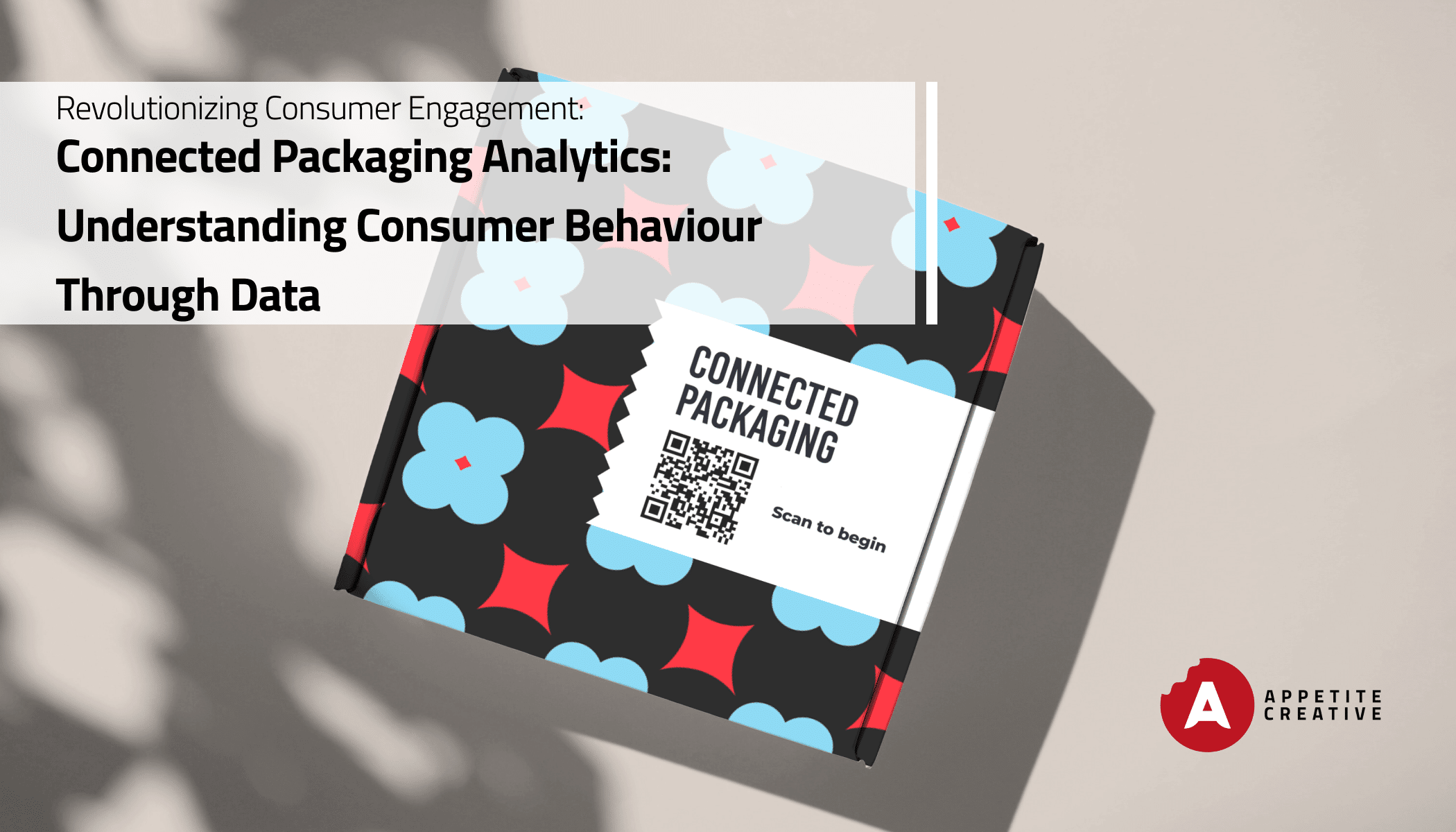
Connected Packaging Analytics: Understanding Consumer Behaviour Through Data
In an increasingly digital world, the packaging industry is evolving, embracing connected technology to capture invaluable insights into consumer behaviour. Connected packaging analytics transforms how brands understand, interact with, and market to their audiences, leveraging data from everyday interactions. Here’s a look into the critical metrics and methods for gaining consumer insights through connected packaging, along with best practices for privacy and measuring ROI.
Key Metrics to Track
Tracking the right metrics is essential to gauge consumer engagement and overall campaign effectiveness. Here are some key indicators:
- Engagement Rate: Understand how frequently consumers interact with QR codes, NFC tags, or other digital touch points on your packaging.
- Conversion Rate: Measure how many consumers move from initial engagement to completing a desired action, such as visiting your website or making a purchase.
- Time Spent: Track the time consumers engage with content linked to the packaging to gauge interest and engagement depth.
- Repeat Interactions: Repeat interactions indicate strong consumer interest and ongoing brand engagement, revealing customer loyalty levels.
Data Collection Methods
Collecting reliable data through connected packaging starts with choosing the right technology. Common methods include:
- QR Codes and NFC Tags: These technologies offer a straightforward way to connect consumers with digital content, while capturing insights like location and frequency of scans.
- AR Experiences: Augmented reality (AR) provides immersive interactions, and tracking engagement data can highlight consumer preferences and potential purchase drivers.
- Connected Packaging Apps: Some brands opt for dedicated apps, which allow more detailed data collection on user engagement patterns, preferences, and loyalty.
Privacy Considerations
Data privacy is paramount. Consumers are becoming more aware and cautious about data sharing, so brands must prioritise transparency and comply with regulations like GDPR. Best practices include:
- Clear Privacy Policies: Outline how data will be collected, stored, and used to give consumers peace of mind.
- Opt-In Consent: Allow consumers to choose whether to engage with connected packaging experiences and share their data.
- Data Anonymisation: Keep personally identifiable information (PII) anonymous to respect privacy while still gaining valuable insights.
Measuring ROI
The success of connected packaging analytics goes beyond engagement—it’s about proving a return on investment (ROI). Brands should set clear goals and KPIs, aligning data collection with specific business outcomes. For instance:
- Sales Uplift: Determine if engagement with packaging leads to increased sales.
- Customer Lifetime Value (CLV): See if connected experiences enhance loyalty, leading to more repeat purchases.
- Brand Awareness: Measure how connected packaging drives awareness, particularly if the data shows increased digital interactions and social sharing.
Unlock the Power of Connected Packaging
Connected packaging analytics offer brands a wealth of information on consumer preferences and engagement patterns. By focusing on the right metrics, adopting secure data collection methods, and understanding privacy, brands can gain actionable insights to refine their marketing strategies and enhance customer experience. For companies looking to enhance their digital presence, working with experts like Dallas web design agency can ensure that connected packaging experiences are engaging and effective.
Ready to dive deeper into connected packaging analytics? Schedule an analytics consultation with us today to explore how your brand can leverage data-driven insights for a stronger market presence.
